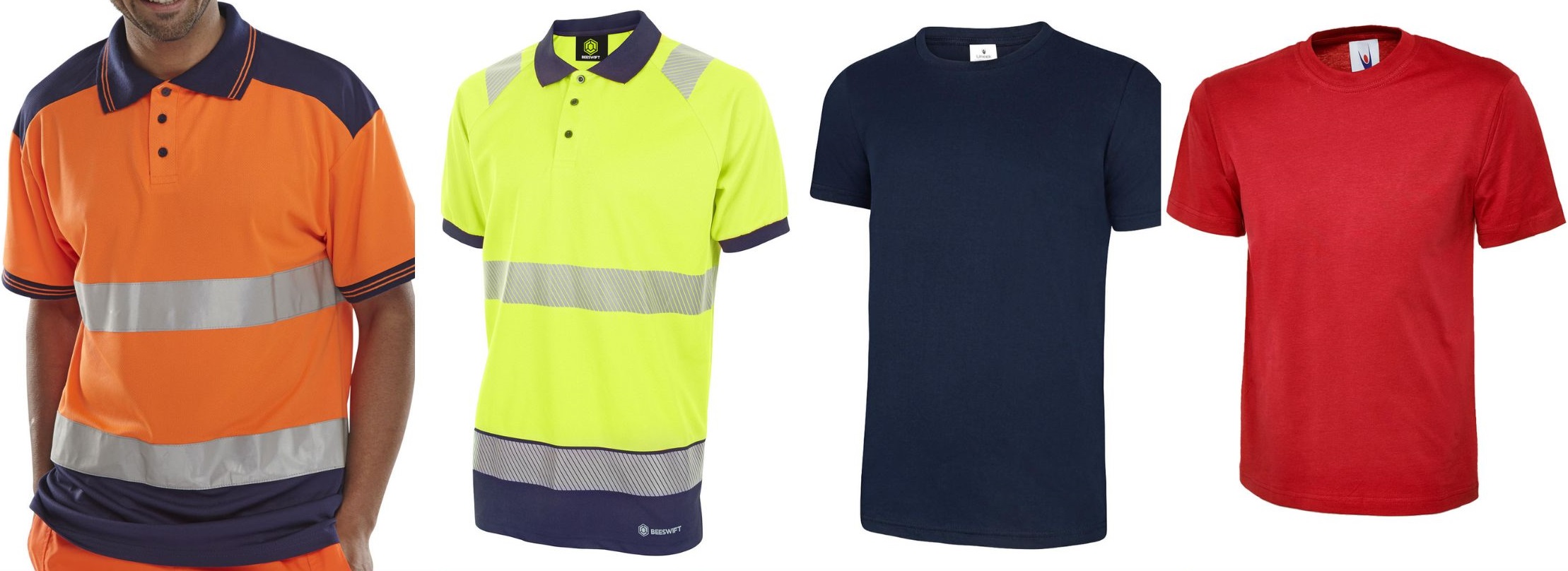Which Workwear Is Appropriate for Summer
4th Sep 2024

It's important to dress professionally for work without sacrificing comfort or style as the temperature rises and summer arrives. Staying cool and beating the heat all day long is just as important as keeping up a professional appearance. We'll look at some appropriate workwear options in this blog that manage to be both professional and comfortable during the sweltering summer months.
Lightweight materials
Choose breathable materials such as cotton, linen, or blends that promote airflow and aid in removing moisture from the body. These materials keep you cool and minimise perspiration, making them great options for summertime workwear.
Light colours
The tendency of dark colours to absorb heat makes you feel hotter. Choose lighter hues like pastels, whites, and neutrals instead. Wearing light-colored clothing helps you stay cool by reflecting sunlight and absorbing less heat.
Clothing that fits loosely
In hot weather, wearing clothing that is too tight can cause discomfort due to airflow restriction. Wear loose-fitting clothing to improve the flow of air around your body.
Shirts with short sleeves
If permitted, choose short-sleeve shirts to keep your arms cool, even though long sleeve shirts might be more appropriate in some workplaces. Just make sure the fabric and design keep you comfortable without sacrificing a polished appearance.
Shoes that breathe
For work, closed-toe shoes are frequently required, but breathable alternatives are still available. Seek for shoes with perforations that let airflow through that are constructed from lightweight materials like canvas or leather. If allowed at work, think about wearing sandals or peep-toe shoes as well.
Adherence to the dress code
Comfort should always come first, but don't forget to follow any dress code regulations at work. Certain sectors of the economy might have stringent policies that mandate formal wear in all weather conditions. In these situations, choose light-weight materials with sensible cuts and hues to preserve compliance without sacrificing comfort.
Using layers to regulate temperature
Since indoor temperatures can fluctuate, layering your clothing can help you better regulate the temperature. You can add or remove lightweight blazers or cardigans made of breathable fabrics according to your needs. This enables you to look put together while modifying your wardrobe to suit indoor temperature swings.

 United Arab Emirates Dirham
United Arab Emirates Dirham
 Australian Dollar
Australian Dollar
 Canadian Dollar
Canadian Dollar
 Euro
Euro
 US Dollar
US Dollar
 FREE UK DELIVERY ON ALL ORDERS OVER £75
FREE UK DELIVERY ON ALL ORDERS OVER £75




